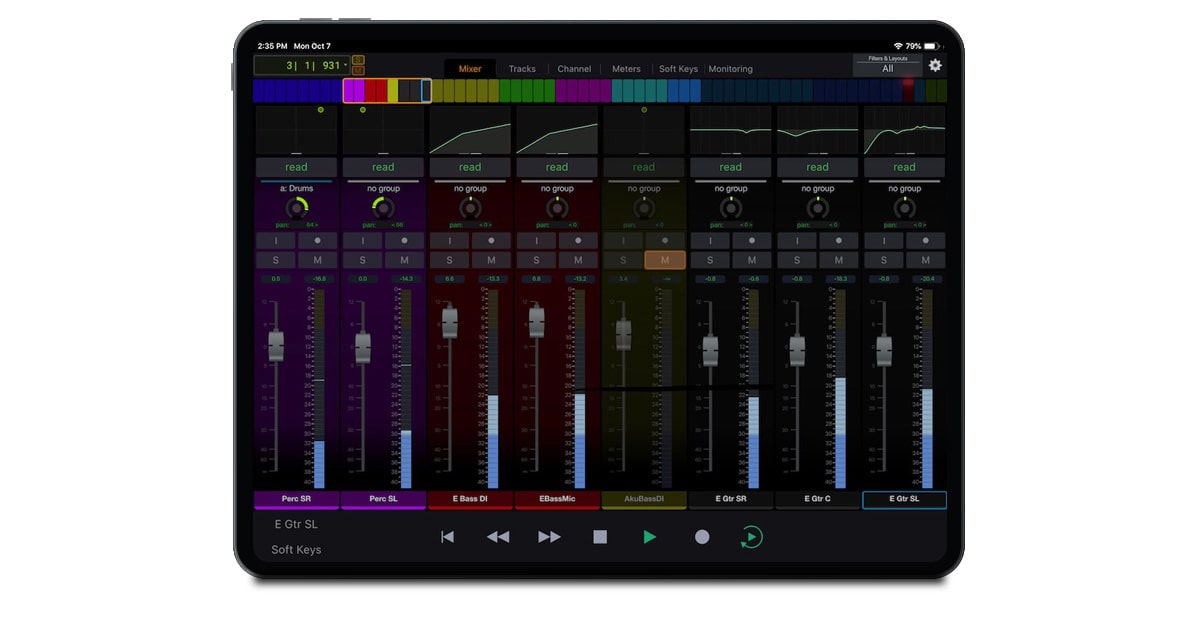If you’re looking to get into audio production but don’t know where to start, then Avid’s audio software is a great place to begin. With its intuitive user interface and powerful features, it’s one of the most popular tools for recording and editing sound. But before you jump in with both feet, let’s take a look at some basics that will make your experience with Avid even better. From understanding the menus to mastering mixing, this guide will show you how to use Avid’s audio software like a pro.
What is Avid?
Image Source: Link
Avid is a digital audio workstation that allows users to create and edit audio files. The software provides a variety of tools for sound design, mixing, and other post-production tasks. Avid also offers a number of plugins and features for additional control over the audio editing process.
The Different Parts of Avid
Image Source: Link
There are four main sections to the Avid audio software: the toolbar, the timeline, the mixer, and the transport. The toolbar is where you select your audio files and make adjustments to them. The timeline is where you arrange your audio clips in order. The mixer is where you mix your audio tracks together. And finally, the transport is how you playback or record your audio.
How to Use Avid Audio Software?
Image Source: Link
If you’re new to audio editing, the software in Avid can be daunting. Here’s a quick guide on how to get started.
Open up the Avid interface and create a new project. Name your project and choose where you want to save it.
Now it’s time to import your audio files. Click on “File” > “Import” and browse for your files. Once they’re imported, they’ll appear in the Project window.
To start editing, double-click on an audio clip in the Project window. This will open up the waveform editor. Here, you can make cuts and trims, add fades, change the volume, and more.
When you’re finished making changes to an audio clip, click on “File” > “Save”. You can also export your edited file by clicking on “File” > “Export”.
Pros and Cons of Avid Audio Software
Image Source: Link
When it comes to audio software, Avid is one of the most popular choices. However, like any software, it has its pros and cons. Let’s take a look at some of the key points:
Pros:
- Powerful features: Avid audio software is packed with features, making it ideal for those who want to create professional-sounding audio.
- Intuitive interface: The interface is designed to be user-friendly, so you’ll be able to get up and running quickly without feeling overwhelmed.
- Compatible with a range of devices: Avid software can be used with both Macs and PCs, as well as a range of mobile devices. This means you can work on your audio projects wherever you are.
Cons:
- Can be expensive: Some of the higher-end versions of Avid audio software can be quite pricey. However, there are also more affordable options available.
- Requires some learning: As with anything new, there is a bit of a learning curve involved in using Avid audio software. However, once you get the hang of it, you’ll be able to take full advantage of all its features.
Alternatives to Avid Audio Software
Image Source: Link
There are a few alternatives to Avid audio software that you may want to consider. One is Adobe Audition, which offers a similar set of features and tools. Another option is Pro Tools | First, which is a free version of Pro Tools with limited features. Finally, you could also try Logic Pro X, which is a professional-grade audio editing software.
Conclusion
Image Source: Link
With the help of this article, we hope that you have gained a better understanding of how to use the audio software in Avid. With its powerful tools and features, it makes it easy for anyone to create professional-level audio content quickly and efficiently. It is definitely an invaluable tool for music producers and other sound professionals alike. There’s no doubt that mastering the Avid audio software will make your workflow much smoother and efficient.






